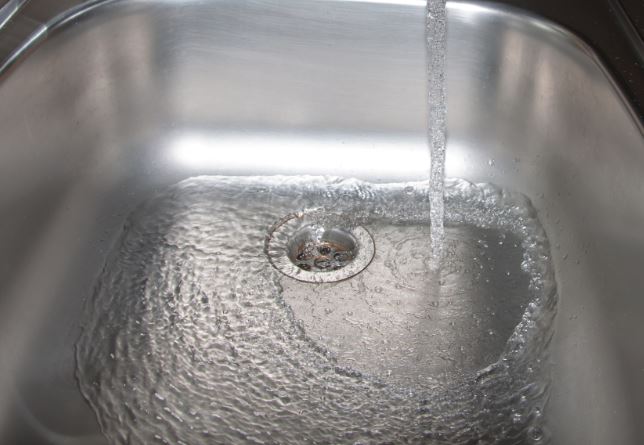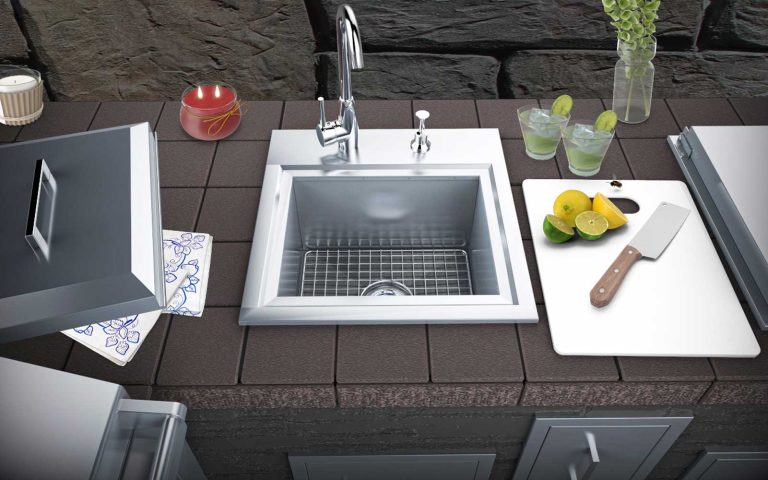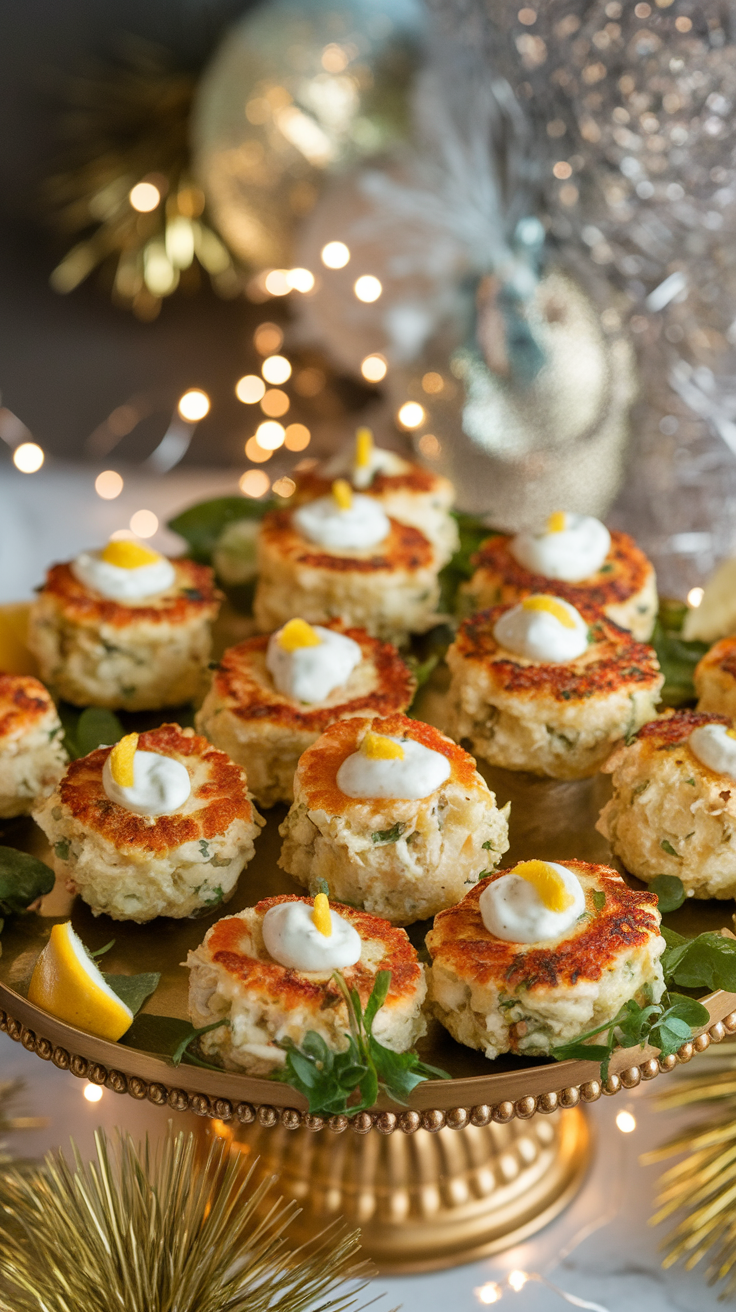Outdoor Stainless Steel Sink
Things You Should Know Before Selecting a Stainless Steel Outdoor Sink
When it comes to a kitchen sink that will be used outside, you want something that is both durable and attractive. Because local building codes and plumbing expenses can make installing a sink in an open-air kitchen a major undertaking, choose one that you really like that is attractive enough to justify the investment.
Most kitchen sinks will operate great outside because they are designed to be used with water. Stainless steel outdoor sinks are the go to choice for many outdoor cooking aficionados because they are available in a wide range of price points, sizes, shapes and bowl configurations. This makes it a bit easier to find one that will fit your needs and available space than other outdoor sink material options.
One thing about stainless steel sinks – they all look great when they are brand new. But will yours look great after a few seasons outdoors? That’s the topic we will be addressing in this article.
Cheap Stainless Sinks vs Expensive Stainless Steel Outdoor Sinks – What’s the Difference?
There are key distinctions between inexpensive stainless steel outdoor sinks and more costly sinks, but if you want to get the greatest value for your money, you’ll need a little more information. The good news is that all stainless steel sinks are easy to clean.
The decision criteria for selecting a stainless steel sink for outdoor use are:
- Quality of the stainless steel used
- Gauge/thickness of the stainless steel material
- Resistance to discoloration and corrosion
- Dent and scratch resistance
- Durability
- Noise reduction
- Size and configuration
Before you buy a stainless sink for your outdoor kitchen, keep in mind the following information so you can make the best choice for your budget, how the sink will perform over time, and for aesthetics.
Stainless Steel Price vs. Quality
It’s no surprise that the better the quality of stainless steel used in the sink manufacture, the higher the price will be.
What you are after is the best value for the dollars you have to spend on the sink.
Tip: That’s why I love sales and close-outs. I get the most value for the dollars I have to spend. Spend a little time checking out the discounts at the back of the big box stores when you are building your outdoor kitchen. Model closeouts are a favorite source of discounted stainless steel sinks. Online sales are great, too, but you don’t get to look at and touch the product before purchase. If you are in the planning stage for your outdoor kitchen and haven’t built your outdoor kitchen cabinet yet, check out the sale aisle every time you go to the hardware store.
Grades of Stainless Steel Used in Outdoor Sinks
The quality of the stainless steel material used in outdoor sinks is found in its grade and its gauge.
Did you know there are more than 100 different grades of stainless steel? The good news is that outdoor kitchen sinks are usually made with one of three different grades:
316 stainless steel is the best option in terms of durability and cost-effectiveness. The most popular and best value for money is 304.
The 430 grade of stainless steel has a high chromium content, however it lacks resilience, flexibility, and is susceptible to denting. It contains 17% chromium. This is a hygienic magnetic stainless steel that is more commonly used in kitchens for equipment such as sheet metal used as countertop surfaces and for vent hoods.
The grade and series of the sink are linked. Look for stainless steel in the 300 series; the most common is 304, which comes in an 18/8 grade. Another popular type is 316, which is made of 18/10 stainless steel and is also known as surgical grade or Marine grade.
Hold a magnet to the sink. It’s not the 300 series if the magnet sticks.
The grade of stainless steel indicates the amount of chromium and nickel in the steel. For example, 18/8 stainless steel includes 18 percent chromium and 8% nickel, which is a high stain resistance ratio. The better the steel, the higher the grade number.
The most significant disadvantage of 304 stainless steel is that it is highly vulnerable to corrosion from salt and other acids, especially at higher temperatures. The 316 grade, which contains 18 percent chromium, 10% nickel, and 2% molybdenum, is used to combat this. Molybdenum is used in the more expensive stainless steel sinks because it has a higher corrosion resistance. If you live near the sea and your outdoor kitchen is subject to salt air, it’s worth paying a little more for the extra anti-corrosive characteristics.
Quick take: Stainless Steel types at a glance
| Type of Stainless Steel | Characteristics | Use |
| 304 | Most Common, 18/8 Grade, 18% Chromium, 8% Nickel | Best value for the money |
| 316 | Marine or Surgical, 18/10 Grade, 18% Chromium, 8% Nickel, 2% Molybdenum | Best corrosion resistance |
| 430 | Magnetic Stainless, 17% Chromium | Ultra hygienic used for food prep surfaces |
Stainless Steel Outdoor Sink Gauges
Stainless steel thickness is measured in gauges. The metal becomes thinner as the gauge increases, and vice versa. As a result, a 22 gauge stainless steel sink, which is the thinnest commonly used in the industry, would be less expensive than a 14 gauge stainless steel sink, which might be utilized in larger professional settings.
The thickness of the steel isn’t important in the short run. However, if you want a sink that will last and can survive heavy pots and pans being dropped on it as well as greater wear and use over time, spend a bit more money and get something a little thicker.
Corrosion Resistant Outdoor Stainless Steel Sinks
The principal defense against discoloration is chromium added to the steel. Molybdenum, on the other hand, is more protective and has better anti-corrosion qualities.
Obviously, avoiding long-term contact with salt and acid that has accumulated on the surface can greatly decrease corrosion. Also, don’t leave coffee, tea, or other staining substances on surfaces for long periods of time.
Large, greasy bbq grill grates and trays present a double challenge for stainless steel. The acids in foods as well as their metal fabrication can harm even large bowl kitchen sinks. Using bottom grids will help minimize the abrasion from the iron.
You should also keep an eye out for hard water staining, which can leave deposits on bright surfaces which are unattractive and aren’t particularly hygienic. The simplest method to avoid them is to wipe up any excess water as soon as you’re done washing up. This prevents the minerals in the water from crystallizing and adhering to the surfaces, causing them to pile up.
Stainless Steel Outdoor Sink Scratch Resistance
Not only do more expensive stainless steel sinks include more chromium and sometimes molybdenum, but the chromium also has a passive self-repair quality that prevents deep scratches from oxidizing the metal. As a result, even if the surface is scratched, it will not rust, making the increased price tag well worth it.
Stainless sinks are available in a variety of finishes. The finish of the sink is mostly a personal choice. The following are the most popular options:
Mirror finish: highly lustrous with no visible grain, which looks great but is the most vulnerable to scratches and water marks.
Matte and brushed finishes: Scratches are hidden by a duller finish.
The most preferred finish is satin, which is lustrous but not excessively shiny.
Textured finish: conceals flaws but is more difficult to clean.
Another way to reduce the incidence of scratches on your stainless outdoor sink is with a bottom grids. This unit fits onto the bottom of the sink and protects the bottom from scratching. It has rubber feet bumpers and is elevated to allow for drainage. Bottom grids are the answer to lesser quality stainless grades, too.
Durability Considerations for Outdoor Sinks
Sinks with a smaller gauge are more robust and have a longer lifespan. Thinner sinks are more prone to denting and breakage, and when you wash your dishes, they will echo. Sinks made of 16-gauge stainless steel or 18-gauge steel are the best quality.
If you’re definition of durability is how the sink looks and how sanitary it is, then 16 or 18 gauge should suffice.
As previously said, the more expensive and more durable composite stainless materials are better able to endure knocks, dents, scratches, and corrosion to varying degrees. A poor material will look shabby, scuffed, and lose its luster on the shinier parts rapidly.
Noise Reduction for Stainless Steel Sinks
Many high-quality sinks have sound-deadening pads on the underside because stainless steel has a tinny sound and enhances the sound of clattering plates and silverware.
When you use a cheap sink, the sound your faucet makes tends to be amplified. Fortunately, the underside of pricey stinks is lined with noise-cancelling material. The most basic kind consists of strategically placed rubber pads attached to the underside — they are often found on the lower end of the quality spectrum.
A layer of insulating material sprayed or attached to the underside of the sink is a significantly better solution. This helps prevent humid air condensing on the underside of the sink and dripping down into the kitchen sink unit, as well as reducing the drum-like vibration as water pounds into the sink.
Size and Configuration for Outdoor Stainless Sinks
Because stainless steel is so popular, you’ll be able to find a sink that suits your needs. A single bowl stainless steel sink is generally your best option if you frequently stack dishes, use large cookware or bakeware, or cook for huge numbers. If you want separate bowls for dirty dishes and food prep, try a double bowl stainless steel sink. Also, think about dual mount sinks for even more room for cleaning up.
If you are just using the sink for hand washing, then a smaller size will work just fine and not take up precious counter space.
A single bowl sink on the smaller side is perfect for a bar sink as you won’t have large items like trays to rinse off. This type of bar sink doesn’t need to be as many inches deep or as large as sinks use for cleaning cookware or long grill tools.
These sinks are quite adaptable. You have the option of choosing an undermount single bowl, topmount sink , or even a farmhouse stainless steel sink or apron sink. They come in every shape imaginable, from round to rectangular and unusual shapes to suit any kitchen.
Many stainless steel sinks have features that make food preparation and cleanup easier; opt for cutting boards or colander or one with an integrated drainboard for added convenience.
Care for Outdoor Stainless Steel Kitchen Sinks
To keep your stainless outdoor sink in good shape, and looking good as well, you will have to care for it occasionally to preserve the finish as well as to keep it sanitary.
Here are some do’s and don’ts for taking care of your stainless outdoor kitchen sink:
Do:
- To avoid water marks, wipe the sink with a soft cloth after each use (ideally).
- To avoid food particles adhering to the sink, rinse it after each usage.
- Use soap or a stainless steel sink cleaner and a non-abrasive sponge or cloth to clean the sink thoroughly at least once a week; rinse completely to remove all cleaning residue.
- Cleaning should always be done with the grain, not against it.
- To protect the sink bottom from scratches and dings, use a stainless steel sink grid (rather than a rubber mat, which can discolor); many sinks offer custom-sized grids to fit precisely.
Don’t:
- Allow metal cans or food particles to remain in touch with the sink surface for an extended period of time.
- No Knives should be used to cut directly on the stainless steel surfaces.
- Never permit cleaning materials or damp sponges to dry on the sink to avoid damaging the finish.
- Don’t use steel wool or wire brushes.
- Refrain from cleaning with bleach-based cleaners to avoid corroding the steel.
- Don’t keep open containers of cleansers or chemicals like acids, bleach, sodium chloride, lye, toilet bowl cleaning, drain cleaner, or hard water stain removers.
You can use an indoor stainless steel sink outdoors. Just make sure it is durable enough to withstand the heavy use it gets outdoors and is made from the highest gauge stainless steel that will fit your budget. Remember that the better the quality, the longer it will last and stave off corrosion, scratching and denting.







